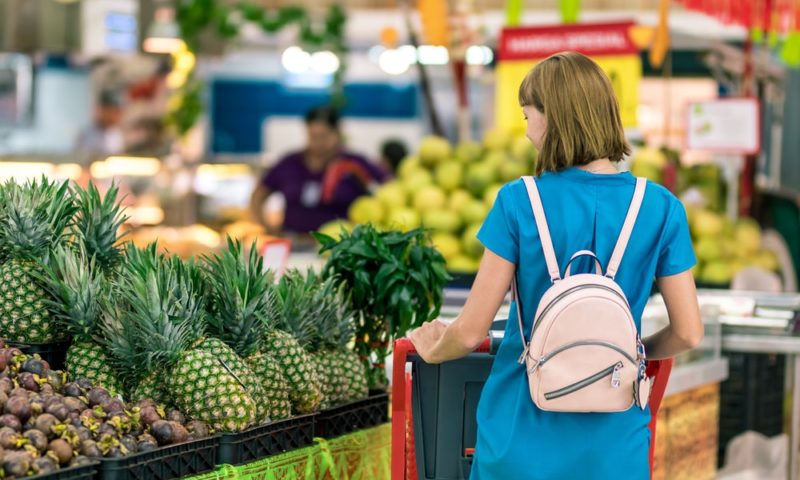Never underestimate a good grocery list. How many times have you walked circles at the grocery store, only to find that you overspent or forgot something? Have you ever put your groceries away and discovered there aren’t a lot of nutritious options?
A good grocery list has the following characteristics:
- Saves you money
- Saves you time
- Matches what you need
- Keeps you organized
- Supports your health goals
Tips for Building a No-fault Grocery List
Keep Track of What You Need
Each time you notice you are running low on something, add that item to your list. This will save you from needing an ingredient but not having it at home. If you come across coupons you can use, attach them to your list.
Consider Different Stores and Sales
Rarely will you find everything you need at one store for the best price. Add different stores to your list if you know what items are cheaper there. For example, a bulk foods store can be great for canned goods or foods you eat a lot of. A local farmer’s market might be better for produce. If you find sales at certain stores, factor them into your list.
Make Your List at the Right Time
Make your grocery list when you make your meal plan. This will take the guess work out of what to buy and help you remember each ingredient that you need for meals, snacks and drinks. Start your plan early, not the same day you go shopping!
Group Your Items
Group your items into categories that make sense. Examples include fruits, vegetables, dairy, meat, etc. This will save you time and energy. Don’t forget less-common categories such as:
- Herbs and spices
- Condiments
- Household supplies (like aluminum foil)
- Healthy power snacks (for when hunger strikes)
Be as Specific as Possible
If you want produce for the week, don’t write “produce” on your list. Be as specific as possible and include quantity. For example:
- 1 bunch of bananas
- 1 bag of red apples for lunches
- 1 8-oz jar of roasted minced garlic
Give Your List a Spending Cap
We’ve all ended up with last-minute items in our cart that we didn’t mean to buy. A spending cap can keep you focused. If that doesn’t work, try taking only cash to the store.
Read Nutrition Fact Labels
Sometimes you can only do this at the grocery store. Regardless, it will help you make mindful and healthy choices. Look for facts like:
- Sodium and sugar content
- Fat and carb content
- Added ingredients
- Calories and serving sizes
Putting it All Together
Half the battle of eating healthy is having a game plan. Make sure an effective grocery list is part of yours. It will save you time, money, and most importantly, health. Group other family members into the process if you are shopping for them, too. Finally, keep tabs on what you need to buy as you go along. Don’t forget to start your list early!
For more tips on grocery shopping, CLICK HERE.






